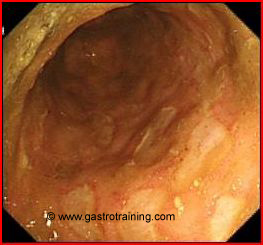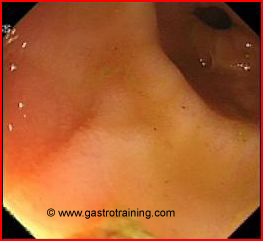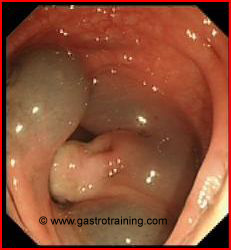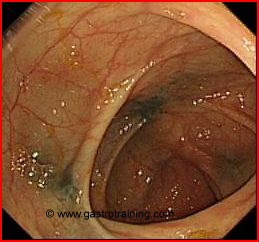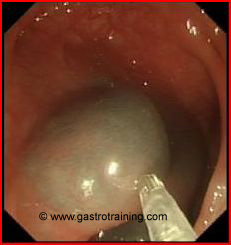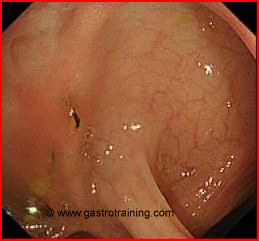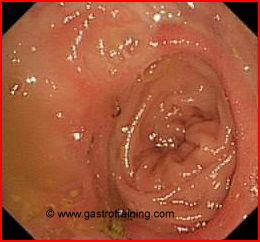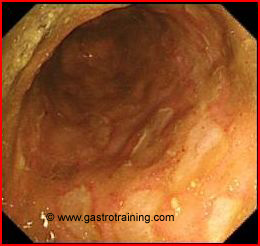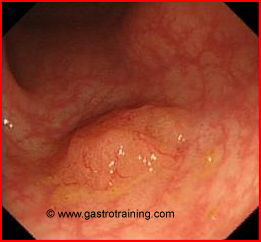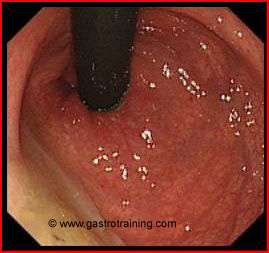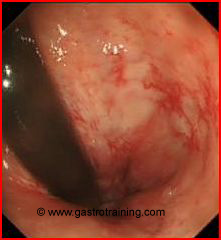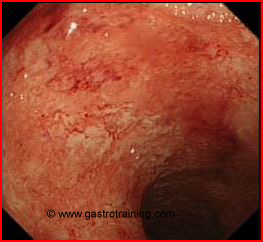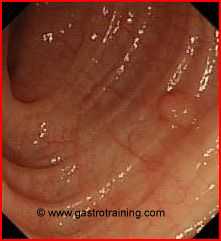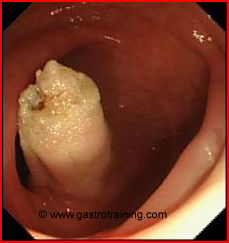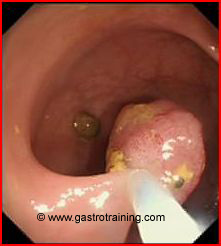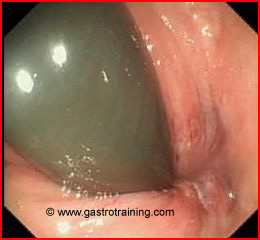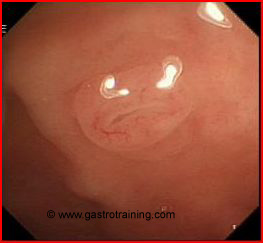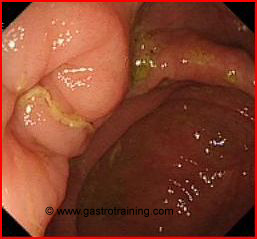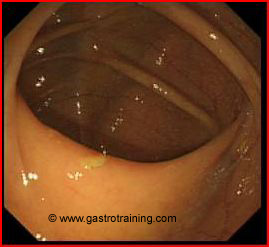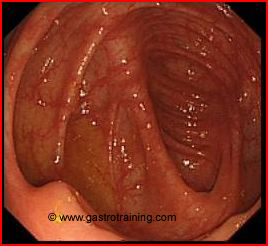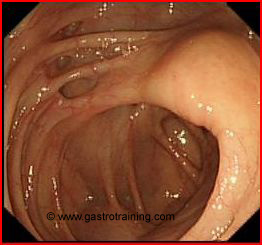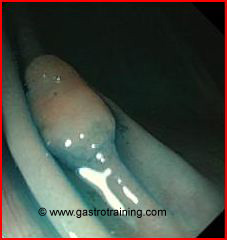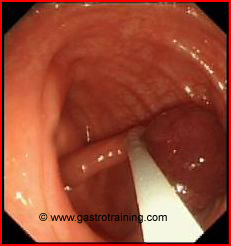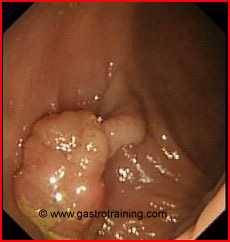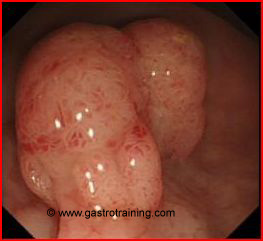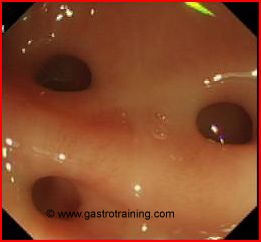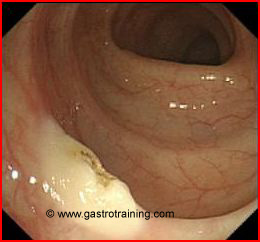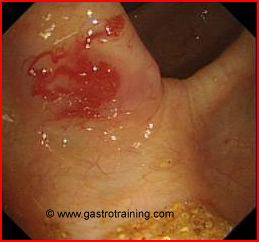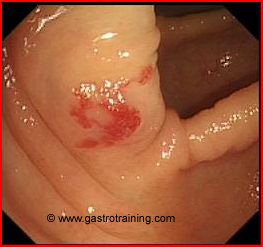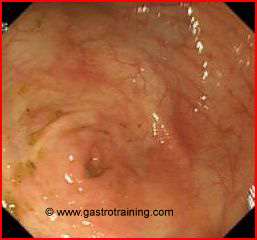Anal Fissure
What is an anal fissure?
Anal fissure is a split in the squamous epithelium at or just inside the anal verge. Majority of the anal fissures occur in the midline, usually posteriorly.
Discuss the symptoms of anal fissure?
The main symptoms are anal pain and bleeding. The pain typically occurs during and after defecation. Bleeding tends to be bright red and scanty.
Discuss the diagnosis of anal fissure?
The diagnosis of fissure is confirmed on physical examination. There may be a sentinel skin tag just distal to a chronic fissure. Fissures cannot be visualized with end-viewing endoscopes.
EUA (examination under anaesthesia) may be needed to diagnose anal fissure, if the pain is severe.
Discuss the differential diagnosis of anal fissures?
An underlying diagnosis, such as Crohn’s disease, HIV/AIDS and associated secondary infections, ulcerative colitis, tuberculosis, syphilis, leukaemia, or cancer should be considered.
Discuss the management of anal fissures?
There is no proven optimal treatment for anal fissure. Conservative treatment can be used in patients with tolerable pain while surgery is usually needed in cases of severe pain or where conservative treatment has failed. It is worth remembering that conservative measures has a low success rate and takes a long time whereas surgery works rapidly and effectively.
Conservative treatment
It is successful in about half of all cases.
It consists of fiber supplementation, adequate fluid intake, sitz baths, and topical therapy.
Topical therapy (e.g. glyceryl trinitrate ointment or Topical calcium channel blockers) is directed at decreasing resting anal pressure allowing the fissure to heal. Topical calcium channel blockers appear to be as effective as topical GTN, but have fewer associated side effects.
Surgery
It should be considered with failure of conservative management or chronic fissures or for fissures that are too painful for medical treatment. Lateral internal sphincterotomy (LIS) is the procedure of choice and leads to high cure rates and low relapse rates. LIS may sometimes cause minor defects in continence.
Botulinum
An alternative approach is use of botulinum toxin. Small studies have shown high cure (75%–95%) rates. The optimal location of injection (internal vs. external sphincter) remains controversial. Long-term studies of relapse rates and careful evaluation of botulinum’s effect on continence are needed.








